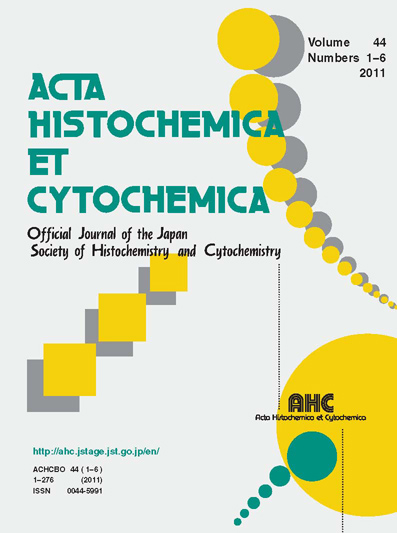ACTA HISTOCHEMICA ET CYTOCHEMICA
Published by
JAPAN SOCIETY OF HISTOCHEMISTRY AND CYTOCHEMISTRY
2,966 registered articles
(updated on June 13, 2025)
(updated on June 13, 2025)
Online ISSN : 1347-5800
Print ISSN : 0044-5991
ISSN-L : 0044-5991
Print ISSN : 0044-5991
ISSN-L : 0044-5991
JOURNAL
PEER REVIEWED
OPEN ACCESS
FULL-TEXT HTML
ADVANCE PUBLICATION
Scopus Pubmed
Scopus Pubmed
